Minimum distance to House foundation
drrich2
14 years ago
Featured Answer
Comments (17)
iforgotitsonevermind
14 years agoDan _Staley (5b Sunset 2B AHS 7)
14 years agoRelated Professionals
Carlisle Landscape Architects & Landscape Designers · Allentown Landscape Architects & Landscape Designers · Folsom Landscape Architects & Landscape Designers · Panama City Landscape Architects & Landscape Designers · Fort Mill Landscape Contractors · Mercedes Landscape Contractors · Muttontown Landscape Contractors · Sun City Center Landscape Contractors · West Covina Landscape Contractors · Winchester Siding & Exteriors · Montgomery County Decks, Patios & Outdoor Enclosures · Salisbury Decks, Patios & Outdoor Enclosures · West Chester Decks, Patios & Outdoor Enclosures · White Bear Lake Decks, Patios & Outdoor Enclosures · Highland Decks, Patios & Outdoor Enclosuresken_adrian Adrian MI cold Z5
14 years agobrandon7 TN_zone7
14 years agoscotjute Z8
14 years agogardengal48 (PNW Z8/9)
14 years agoToronado3800 Zone 6 St Louis
14 years agojimm.grow
14 years agowellnitzandrew
6 years agoToronado3800 Zone 6 St Louis
6 years ago(ryanga7a) Ryan M
6 years agopoaky1
6 years agoHU-505609550
4 years agolast modified: 4 years agogardengal48 (PNW Z8/9)
4 years agodrrich2
4 years agopoaky1
4 years ago
Related Stories
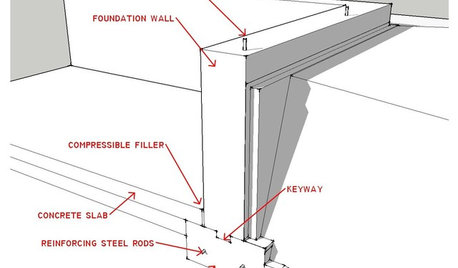
ARCHITECTUREKnow Your House: What Makes Up a Home's Foundation
Learn the components of a common foundation and their purpose to ensure a strong and stable house for years to come
Full Story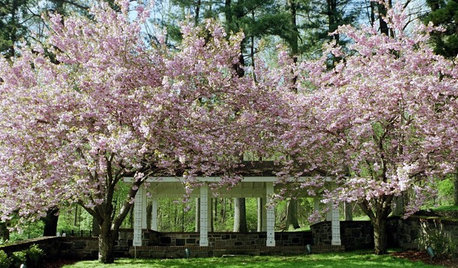
FEEL-GOOD HOME10 Ways to Fight Pollen at Home
Keep sneezing and stuffiness to a minimum by making your house as pollen free as possible
Full Story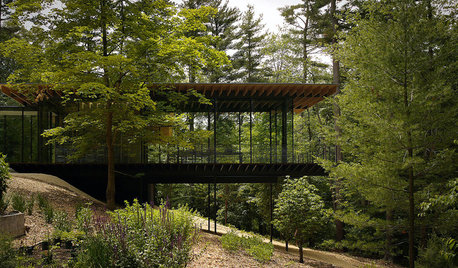
ARCHITECTUREHow Will Your New House Meet the Ground?
The choices you make early on affect the whole project. Here’s how to make your house beautiful from the foundation up
Full Story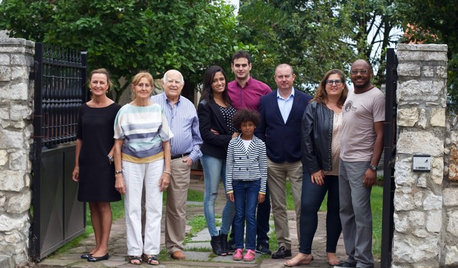
LIFEWorld of Design: See How 7 Families Live in Multigenerational Homes
What happens when three or more generations live within shouting distance of one another? More hugging than shouting, actually
Full Story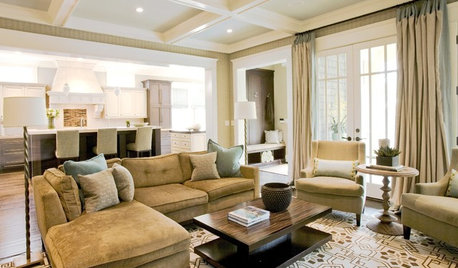
HOW TO PHOTOGRAPH YOUR HOUSEAttract Home Buyers Easily With Great Photography
Show your home's best face in real estate listing photos to have potential buyers knocking down your door
Full Story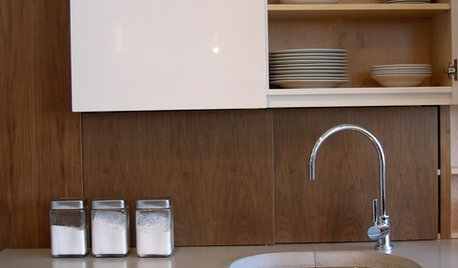
KITCHEN WORKBOOK8 Kitchen Amenities You'll Really Wish You Had
Keep kitchen mayhem and muck to a minimum with these terrific organizers and other time-saving, mess-preventing features
Full Story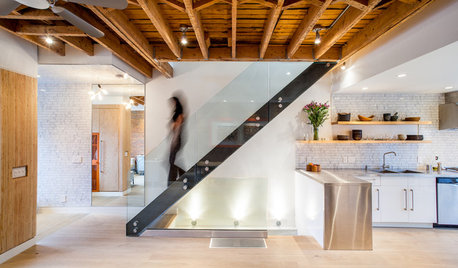
KNOW YOUR HOUSEBuilding or Remodeling? Get the Lowdown on Load Codes
Sometimes standard isn’t enough. Learn about codes for structural loads so your home will stay strong over time
Full Story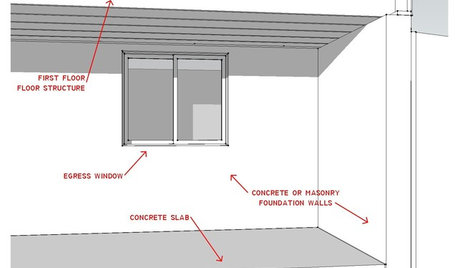
REMODELING GUIDESKnow Your House: The Steps in Finishing a Basement
Learn what it takes to finish a basement before you consider converting it into a playroom, office, guest room or gym
Full Story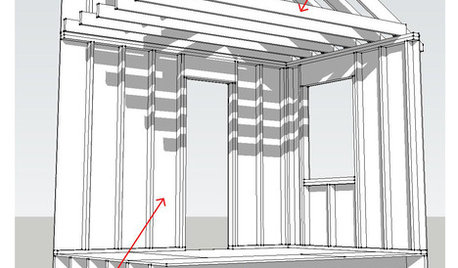
KNOW YOUR HOUSEKnow Your House: Components of a Roof
Don't get held up by confusion over trusses, rafters and purlins. Learn about a roof's features and their purposes here
Full Story
LIFE12 House-Hunting Tips to Help You Make the Right Choice
Stay organized and focused on your quest for a new home, to make the search easier and avoid surprises later
Full StorySponsored
Your Custom Bath Designers & Remodelers in Columbus I 10X Best Houzz
More Discussions










Toronado3800 Zone 6 St Louis